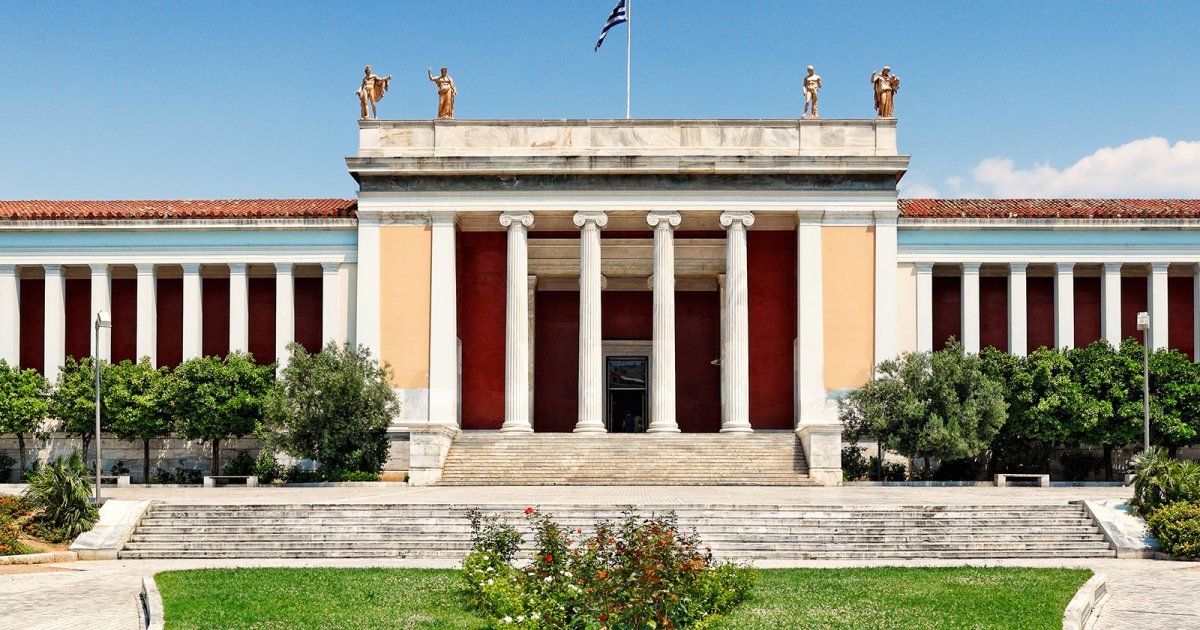ARCHEOLOGICAL MUSEUM, Presentation
 Language: English / USA
Language: English / USA
Hi, my name’s Scott, and I’m your personal guide. Along with MyWoWo, I’d like to welcome you to one of the Wonders of the World: the National Archeological Museum.
The National Archeological Museum in Athens is home to some 11,000 artifacts, collected from numerous archeological sites all over Greece and ranging from prehistorical times to Late Antiquity. It is one of the largest museums in the world, containing the finest collection of Ancient Greek art anywhere.
The artworks of Ancient Greece have influenced not only Roman art, but the whole of Western art – don’t forget that Greece was part of the Roman Empire from 146 BC.
The canons of beauty and harmony of Classical works have formed the base of Western art for over 2000 years, and continue to do so. The grand masters of painting, sculpture and architecture have always taken their inspiration from ancient works, in terms of both shapes and themes, which often depict Greek mythology.
Greece’s first national archeological museum was founded on Aegina in 1829. Thereafter, the collection was scattered over various sites until 1858, when an international architectural competition was announced for the design of the new museum.
Construction work on the building that to this day houses the museum began in 1886 and was completed in 1889 with funds from the Greek government, the Greek Archeological Society and two private donors.
The initial name of the museum was Central Museum, but it was given its current name in 1881 by the Greek prime minister, Trikoupis.
The museum building is in Neoclassical style, reminiscent of the Classical architecture of the temples, partly because at the time it was built, museums were considered temples of culture and art. The edifice has been considerably expanded over the years in order to host a continually growing number of objects. In the early years of the 20th century, a new east wing was built, followed by a further building on two levels, while on the occasion of the 2004 Olympics, the interiors of the museum were completely renovated.
An interesting fact: during the Second World War, the museum was closed and the ancient artifacts were sealed in boxes and buried in secret locations to make sure they were not stolen or destroyed. The museum was thus able to reopen in 1945.



